Barbican's Digital Revolution exhibition celebrates creative computer coding
An immersive exhibition demonstrating creative uses of computer coding – from vintage video games to animated robots – opens today at the Barbican Centre in London (+ slideshow).
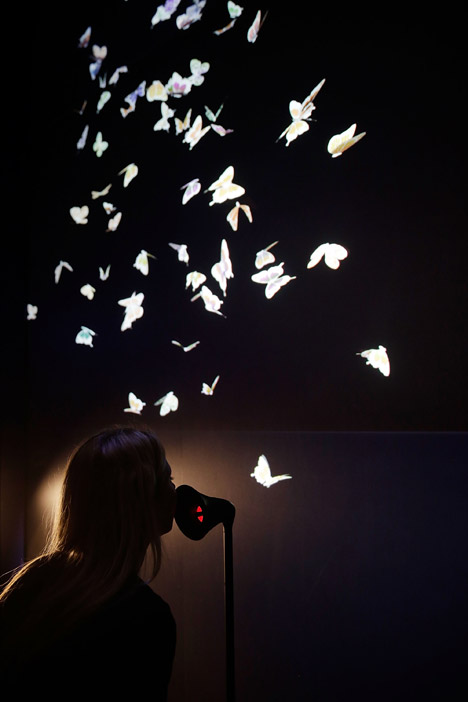
Digital Revolution celebrates how digital technology has influenced and transformed different creative disciplines, including music, film, games, and art.
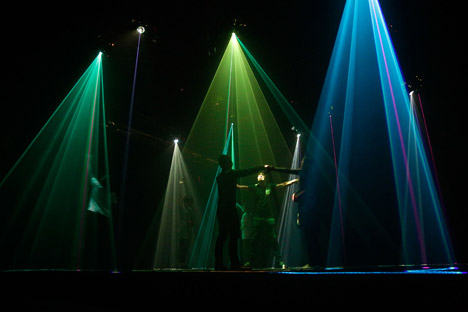
Curated by Conrad Bodman, the exhibition in the Barbican Centre's Curve gallery space includes new commissions by digital studio Universal Everything, artists Umbrellium, and a collaboration between musician Will.i.am and designer Yuri Suzuki.
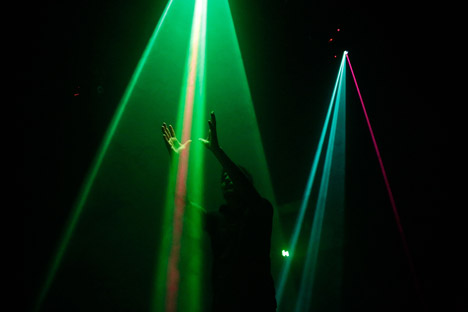
"Showcasing a new generation of artists, designers, filmmakers and musicians, Digital Revolution celebrates creatives who are pushing artistic boundaries across the arts using digital media," said project commissioner Neil McConnon.
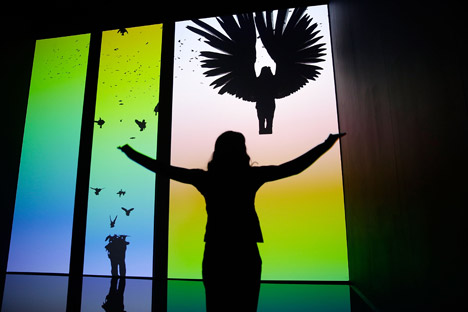
The first in the series of sections looks back at the history of digital technology, displaying the first computers, early video game consoles and vintage arcade games, from the 1970s onwards.
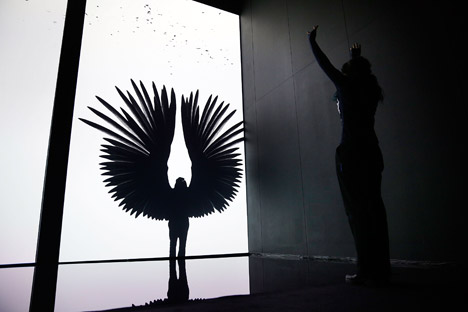
The next space, titled We Create, is dedicated to projects that make the user part of the development process through DIY programming and crowdfunding.
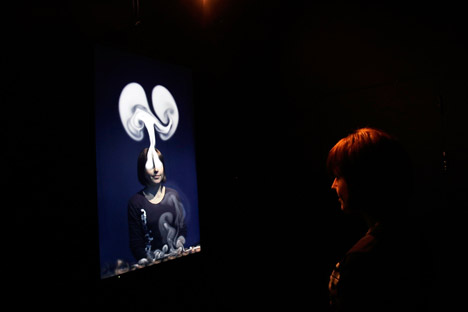
Creative Spaces features the Oscar-winning visual effects for Christopher Nolan's 2010 movie Inception by Double Negative and Alfonso Cuaron's 2013 film Gravity by Framestore, which can be explored and manipulated on large screens.
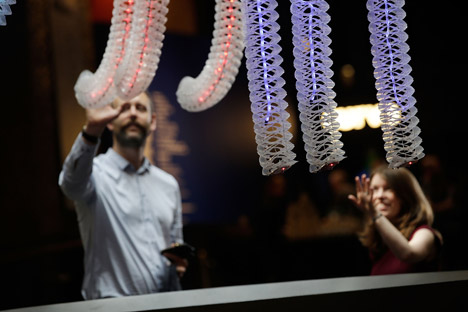
In comparison to the Hollywood blockbusters, this section also showcases visual effects by emerging film makers. Among them is Kibwe Tavares' 2011 sci-fi animation Robots of Brixton, in which a downtrodden robot workforce battles with police against a backdrop of dystopian architecture.
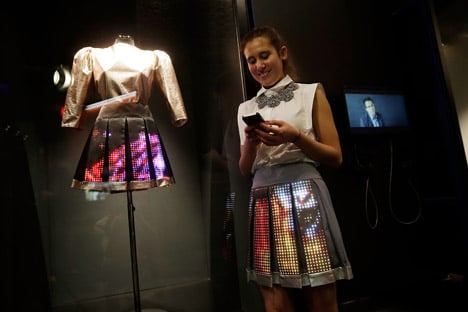
The Sound and Vision an animated version of Will.i.am's face follows each visitor around a small room while singing a track written for the exhibition. This is paired with an analogue interpretation of the music, represented by brass machines encased in three glass pyramids by Yuri Suzuki.
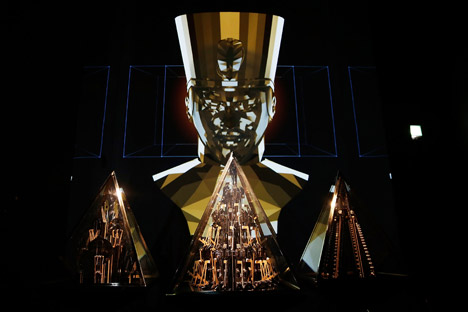
Interactive and digitally created music videos for tracks by Arcade Fire, Björk and Brian Eno can also be watched and listened to.
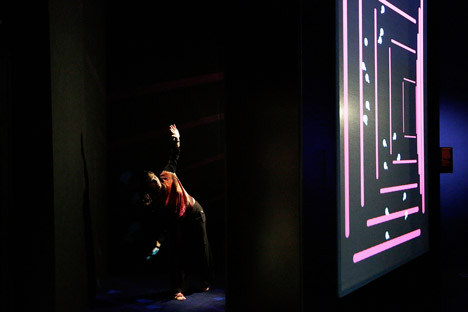
State of Play focuses on engaging and interacting with digital projects using camera-based systems such as the Microsoft Kinect.
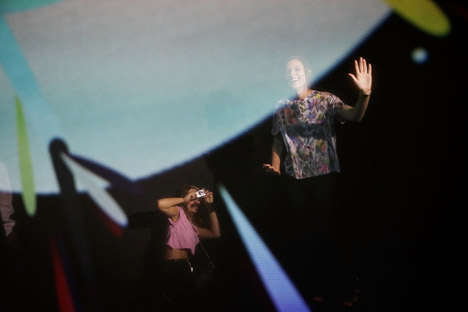
Installations as part of the DevArt section include a screen that displays the viewers as moving sketches and three giant white panels that transform the silhouettes of visitors standing in front into birds.
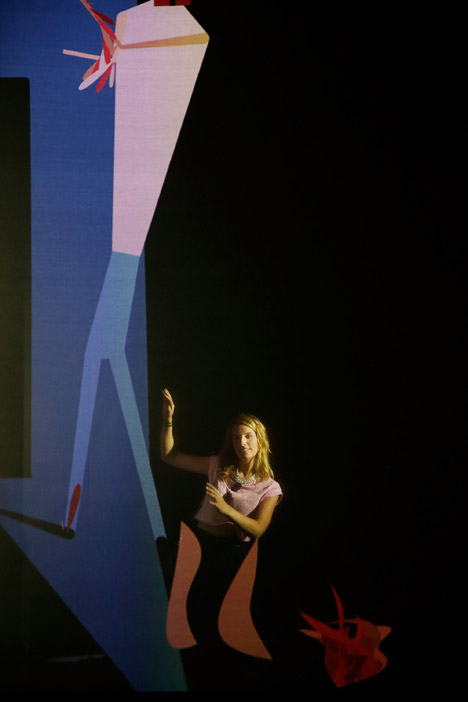
Finally, Our Digital Futures presents experimental work from architects, designers and artists. It features Studio XO's work with Lady Gaga, Pauline van Dongen's photovoltaic fashion and The Unseen's garments embedded with colour-changing ink.
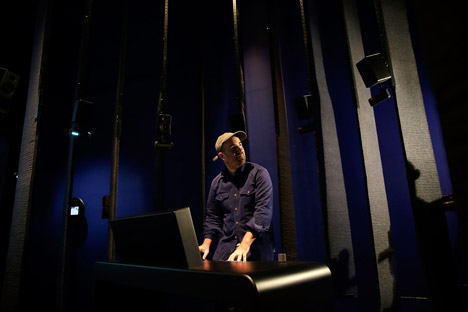
As well as the ticketed exhibitions, installations are scattered throughout the Barbican Centre for anyone to interact with.
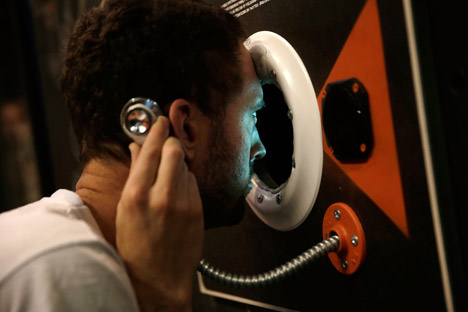
A multi-screen installation of digital sketches by Universal Everything is located at the centre's Silk Street entrance. Visitors can contribute their drawings to the piece both in the venue and online.
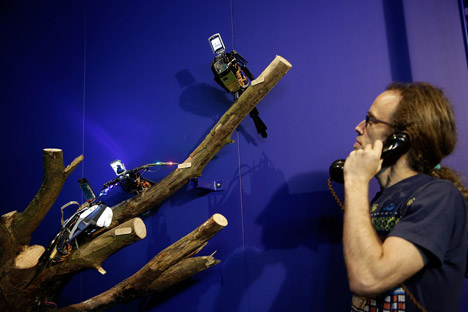
Installed in the foyer, Minimaforms' exhibit Petting Zoo is formed from robotic arms that interacts with passers by and simulate participation using lights, sounds and movement.
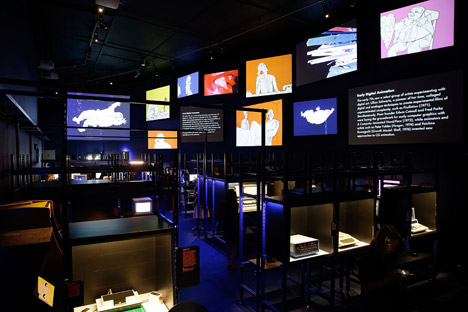
Digital Revolution runs until 14 September.
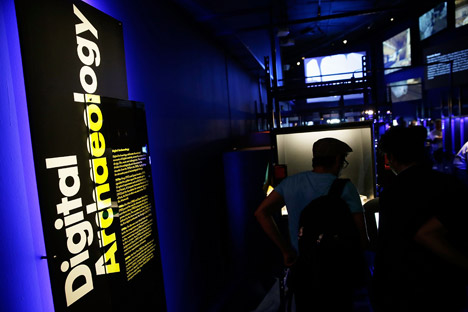
In 2012 the Barbican hosted rAndom International's Rain Room installation, where visitors could play in the rain without getting wet.
Photography is by Matthew G Lloyd.